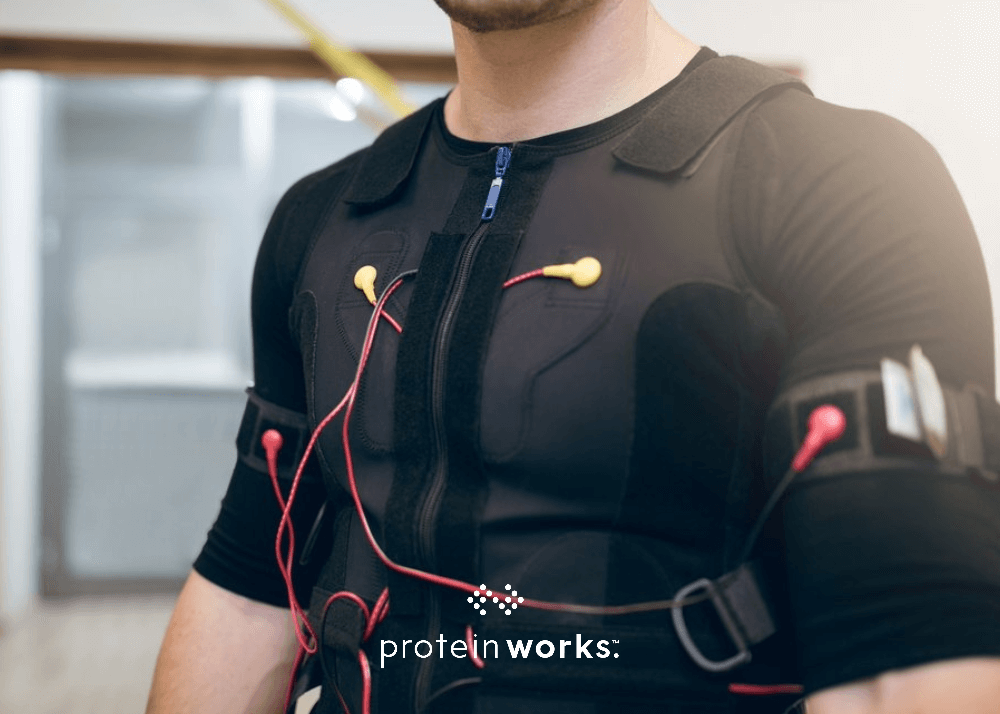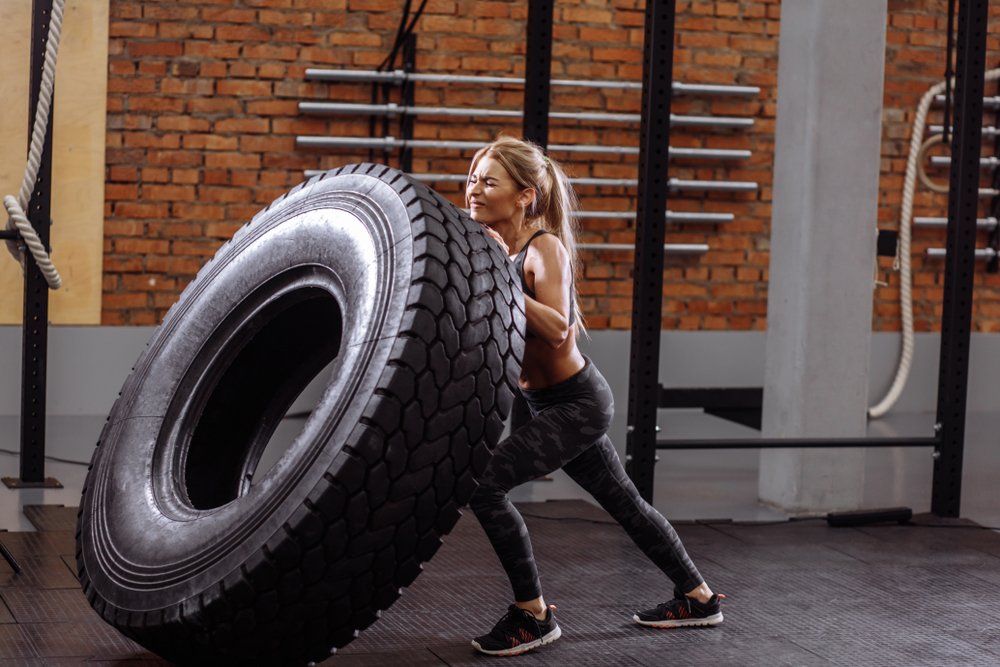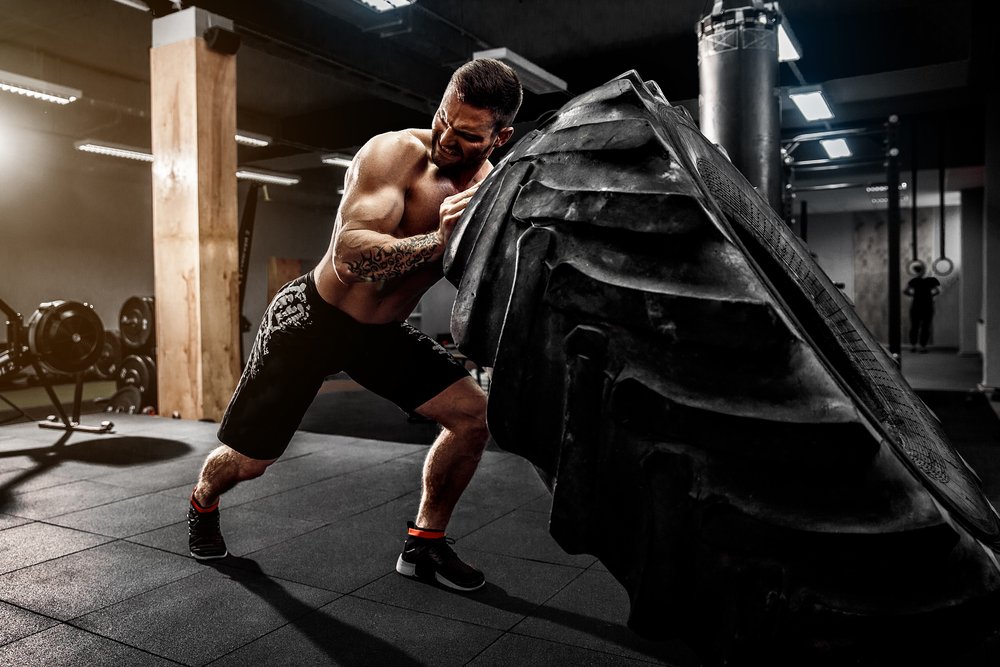
Are Compound Exercises Better Than Isolation Exercises?
To build muscle while resistance training (Beginners Guide To Resistance Training) there are multiple variables that can be altered to facilitate muscle growth, which include weight, number of sets and repetitions, rest intervals, exercise selection, time under tension and exercise order. There are endless possibilities for structuring your training programme but there is one division that precedes them all; compound versus isolation exercises.
What is a Compound Exercise?
Most beginner trainees will know how to identify the difference between the two. But to make sure we are on the same page; a compound exercise is a multi-joint movement that recruits different muscles either directly by producing force or indirectly by stabilizing the joint;
What Is an Isolation Exercise?
An isolation exercise is a single joint movement that recruits only one muscle.
Compound exercises can include squats, bench, deadlift. Isolation exercises range from arm curls, tricep extensions to lateral raises.
Both possess inherent advantages and disadvantages. Both have been shown to be effective for increasing muscular strength and size (1). And both should be combined into a training programme should hypertrophy be the goal.
Compound exercises Considerations:
- Generally regarded as more effective for increasing overall muscle strength because they enable a greater amount of weight to be lifted (2)
- Require a good level of training competence to perform
- More fatiguing on the neuromuscular system, impeding recovery (3)
- Larger increases in both testosterone and GH levels compared to isolation exercise (4). This is related to the amount of muscle recruited.
Isolation exercises Considerations:
- Allow for a greater focus on individual muscles compared to multi-joint movements
- Effective for focusing on imbalances. Certain muscles cannot be trained in a compound movement.
- Strengthening single muscle groups will improve overall strength in the compound exercises.
Do’s and Do not’s of exercise selection
Do prioritise compound movements at the beginning of a workout. Investigations into exercise order reveal that the performance of compound movements significantly declines when performed later in the workout rather than before an isolation exercise (5). Considering that multiple joint exercises have been shown to be effective for increasing strength, it would be optimal to prioritise them earlier in a workout.
In my own experience, performing a few isolation exercises specifically involved in a major compound exercise is good for warming up and preparing. For example, a few sets of low difficulty tricep extensions prepares my joints for the bench press.
Do not train compound exercise to failure (all the time). There are obviously justifications for training a compound movement to absolute failure but hear me out. Given that compound movements are extremely challenging, require a lot of experience and skills and are very fatiguing, does it make sense to push yourselves to the limit risking injury? Squatting, for example, requires healthy functioning of the ankles, knees and back. As you perform the movement, it becomes more challenging and inevitably mechanics break down putting you at risk of injury.
Instead, train a compound movement within good technical parameters, keeping training to failure on isolation exercises. Single joint movements can be executed with very little skill and are easy to stop once failure approaches.
The bottom line is that compound movements are without a doubt the most important variable of exercise options. Great for improving muscle mass, strength, athletic performance. Isolation exercises are best implemented towards the end of a workout, for ironing out asymmetries and working around injuries.
Reference list
- Kraemer, W. and Ratamess, N. (2004). Fundamentals of Resistance Training: Progression and Exercise Prescription. Medicine & Science in Sports & Exercise, 36(4), pp.674-688.
- Stone, M., Plisk, S., Stone, M., Schilling, B., OʼBryant, H. and Pierce, K. (1998). Athletic Performance Development: Volume Load—1 Set vs. Multiple Sets, Training Velocity and Training Variation. STRENGTH AND CONDITIONING JOURNAL, 20(6), p.22.
- Chilibeck, P., Calder, A., Sale, D. and Webber, C. (1997). A comparison of strength and muscle mass increases during resistance training in young women. European Journal of Applied Physiology, 77(1-2), pp.170-175.
- Kraemer, W., Fry, A., Warren, B., Stone, M., Fleck, S., Kearney, J., Conroy, B., Maresh, C., Weseman, C., Triplett, N. and Gordon, S. (1992). Acute Hormonal Responses in Elite Junior Weightlifters. International Journal of Sports Medicine, 13(02), pp.103-109.
- Sforzo, G. and Touey, P. (1996). Manipulating Exercise Order Affects Muscular Performance During a Resistance Exercise Training Session. The Journal of Strength and Conditioning Research, 10(1), p.20.






No Comments yet!